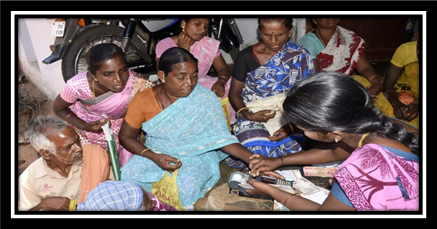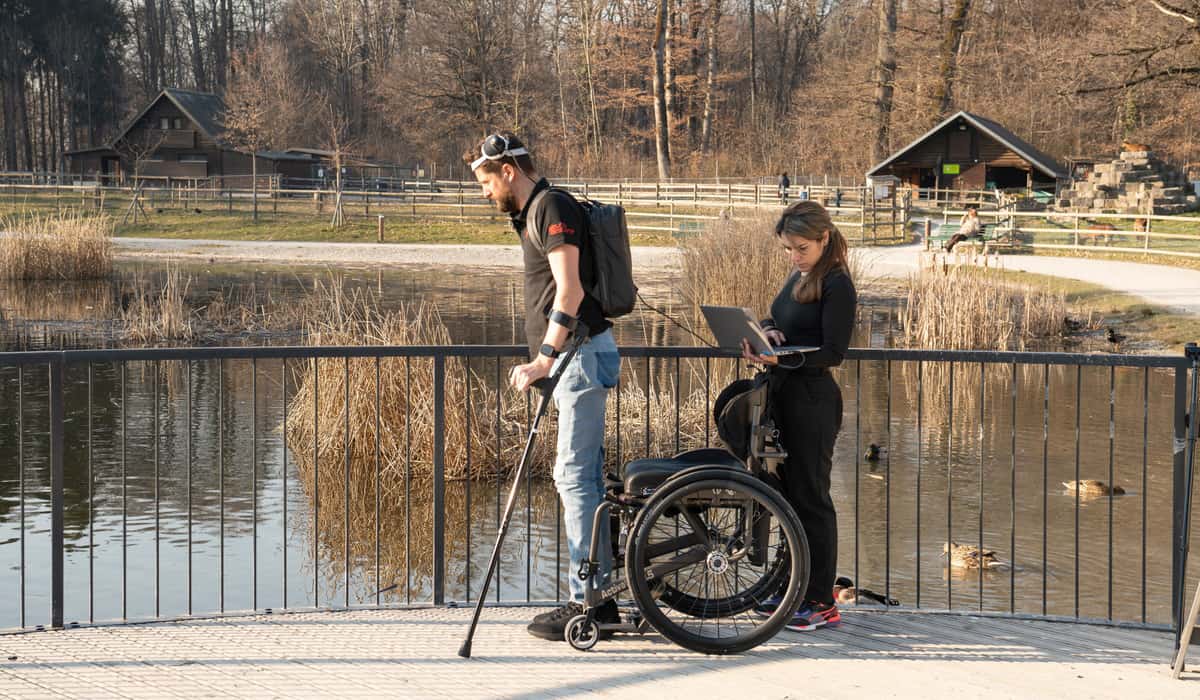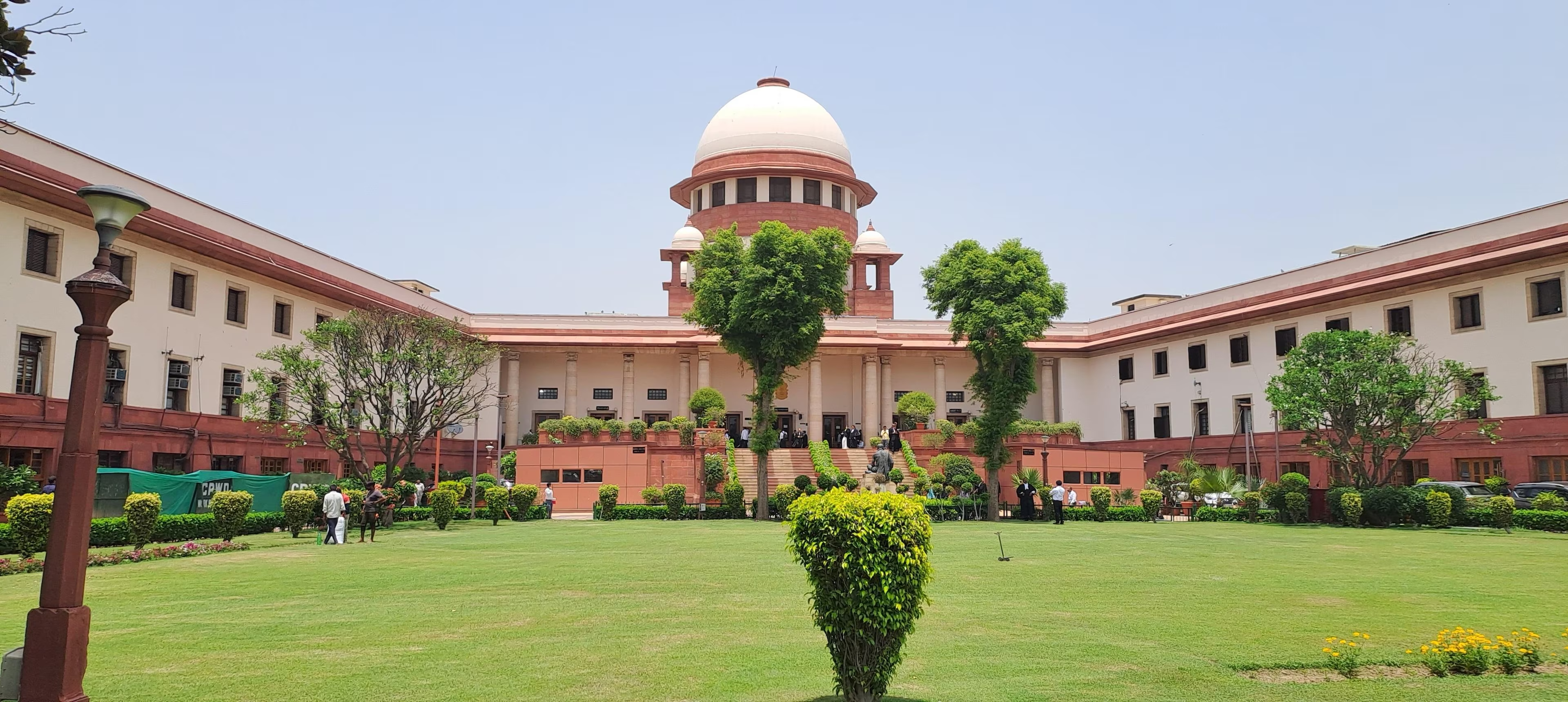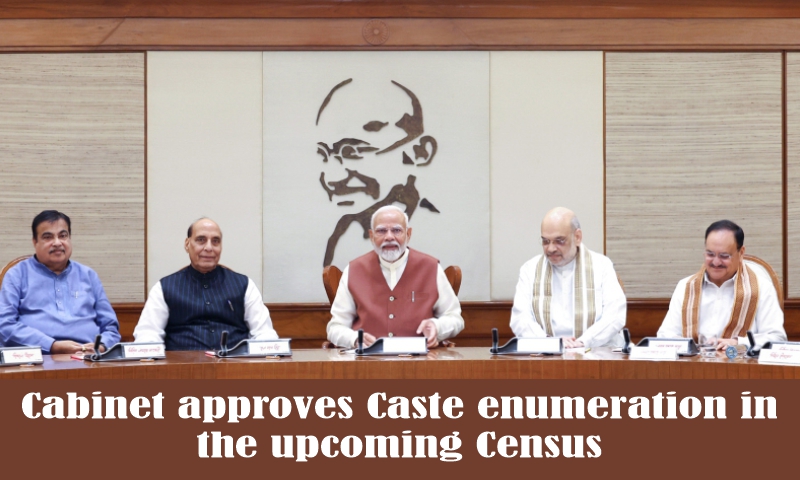- Courses
- GS Full Course 1 Year
- GS Full Course 2 Year
- GS Full Course 3 Year
- GS Full Course Till Selection
- CSAT
- 5 LAYERED ARJUNA Mentorship
- Public Administration Optional
- Online Program
- GS Recorded Course
- NCERT (Recorded 500+ Hours)
- Polity Recorded Course
- Geography Recorded Course
- Economy Recorded Course
- AMAC Recorded Course
- Modern India, Post Independence & World History
- Environment Recoded Course
- Governance Recoded Course
- Science & Tech. Recoded Course
- International Relations and Internal Security Recorded Course
- Disaster Management Module Course
- Ethics Recoded Course
- Essay Recoded Course
- Current Affairs Recoded Course
- ABOUT US
- OUR TOPPERS
- TEST SERIES
- FREE STUDY MATERIAL
- VIDEOS
- CONTACT US
Women Business Correspondents for Financial Inclusion
Women Business Correspondents for Financial Inclusion
15-11-2023

Context
Recently, The State Bank of India’s economic research department suggests that increasing the number of women business correspondents (BC) by implementing a 33% reservation could significantly impact India’s socio-economic fabric.
What is Financial Inclusion?
- Financial inclusion refers to the effort to provide access to essential financial services (e.g., banking, credit, insurance,) and products to individuals and communities, especially those traditionally underserved or excluded from the formal banking system. The RBI’s financial inclusion (FI) index shows financial inclusion is improving in India.
Who are Business Correspondents?
- Business Correspondents (BCs) are intermediaries appointed by banks and financial institutions to provide banking and financial services in areas where establishing traditional branches may be challenging or expensive. BCs act as a link between banks and customers, offering services such as opening accounts, disbursing loans, collecting payments, and facilitating other financial transactions.
- RBI launched the Banking Correspondent’s (BCs) model in 2006 to expand Financial Inclusion. E.g., ‘Bank Sakhi’ (or female banker friend) model.
Current status of BCs (as per the report)
- BCs operate over 95% of banking outlets in rural regions.
- Presently Women agents comprise less than 10% of the BC workforce.
Ways in which Women BCs Deepen Financial Inclusion
Ways |
Description |
|
|
|
|
|
|
|
|
Challenges with Women BCs
Challenges |
Description |
|
Lack of financial inclusion |
|
|
Digital illiteracy |
|
|
Minimum Educational Qualification for BCs |
|
|
Societal Attitudes |
|
|
Lack of Support |
|
|
Safety Concerns |
|
Government Initiatives
- One Gram Panchayat One BC Sakhi: It aims to deploy one BC Sakhi in every Gram Panchayat by 2023-24 (it is an initiative by the Ministry of Rural Development)
- Pradhan Mantri Jan Dhan Yojana.
- Digital Identity (Aadhaar).
- National Centre for Financial Education (NCFE).
- Centre for Financial Literacy (CFL) Project.
Way Forward
- The present SBI report asks to set 33% reservation in BCs for women.
- Reduce entry barriers with equipment, rental support, and initial stipends.
- Address mobility issues and offer flexible hours.
- Creating a Supportive Environment
- Establish women-agent communities
- Implement financial literacy programs.
- Offer small loans, micro insurance, and low-balance savings accounts.
- Address gender-based barriers to financial services.



